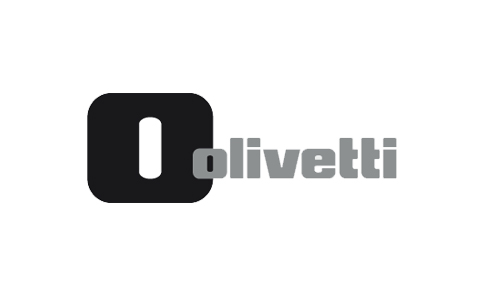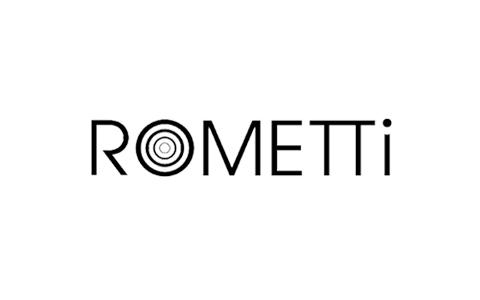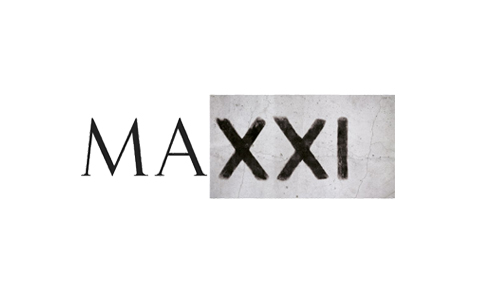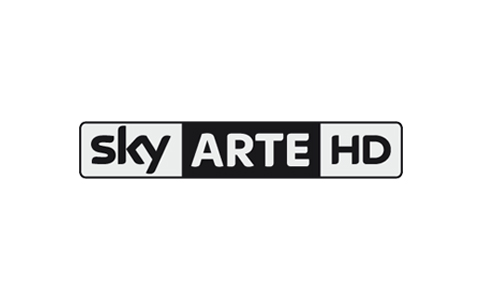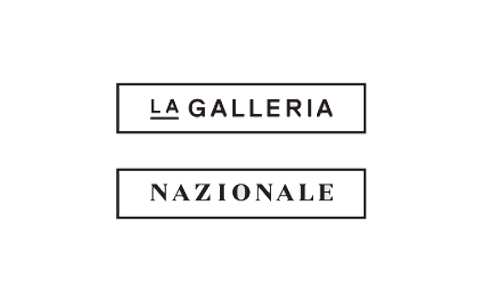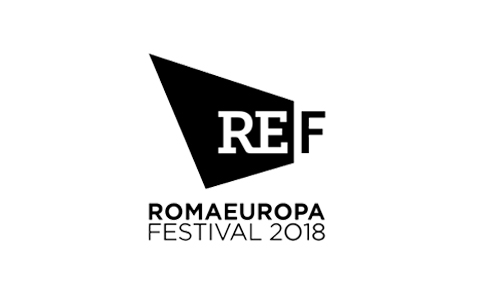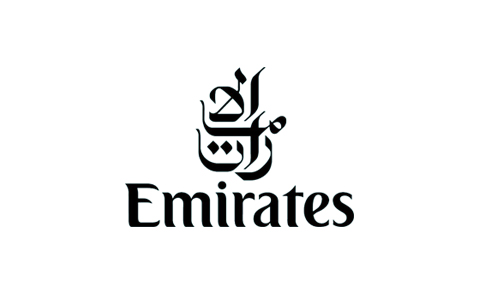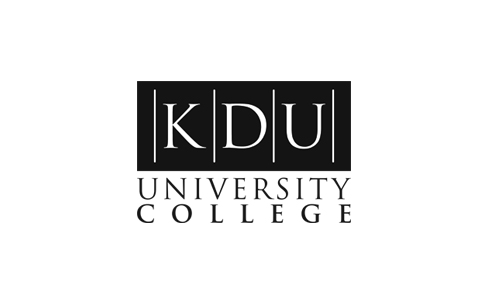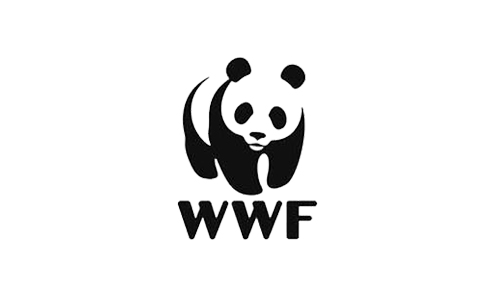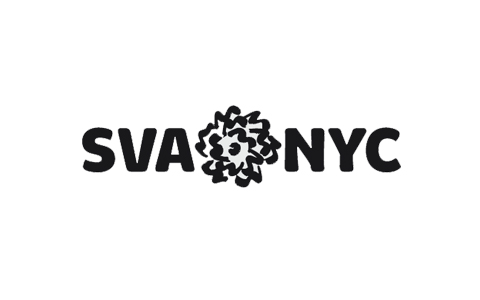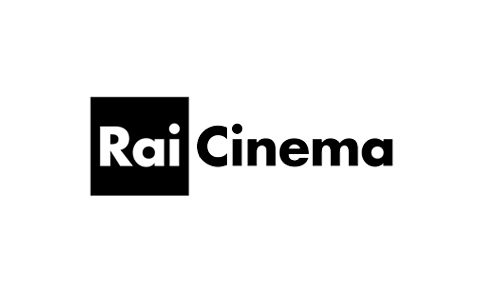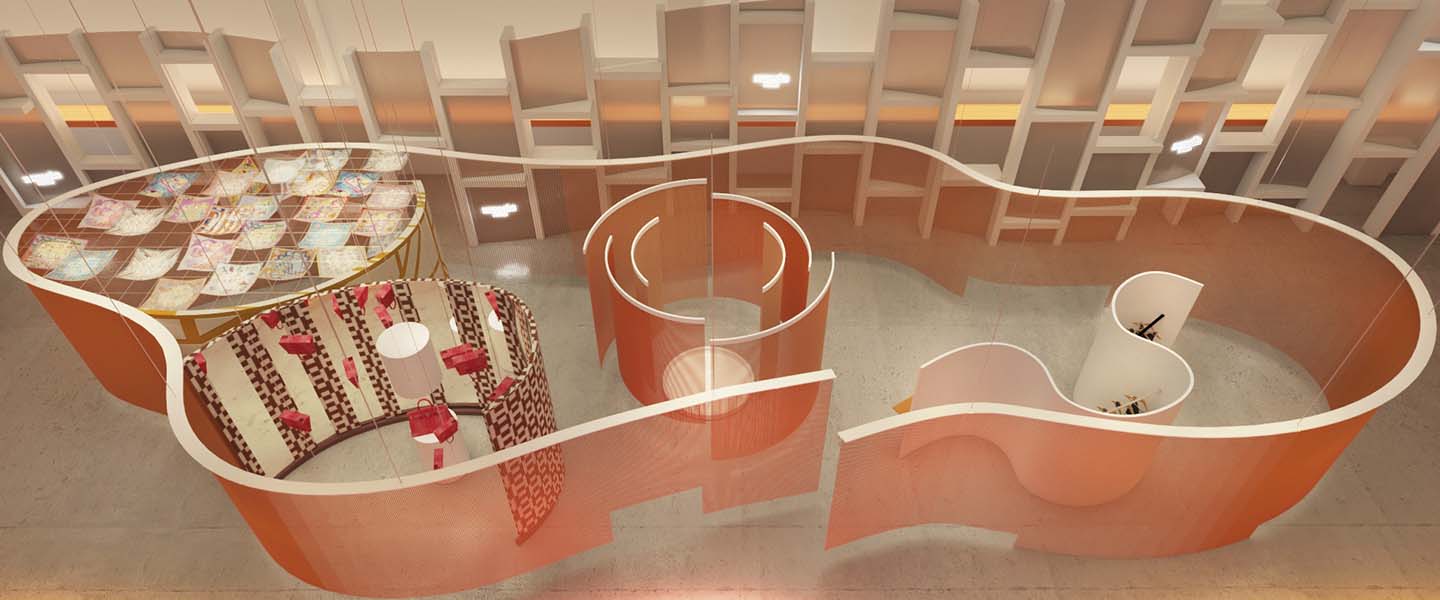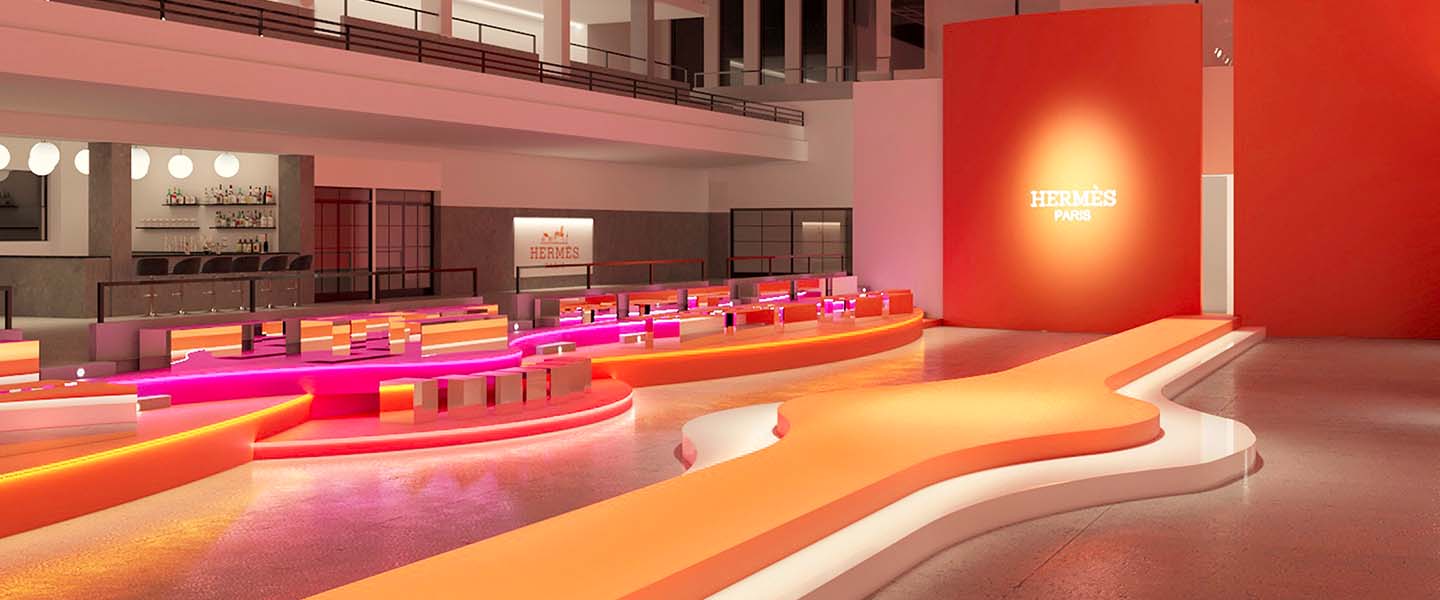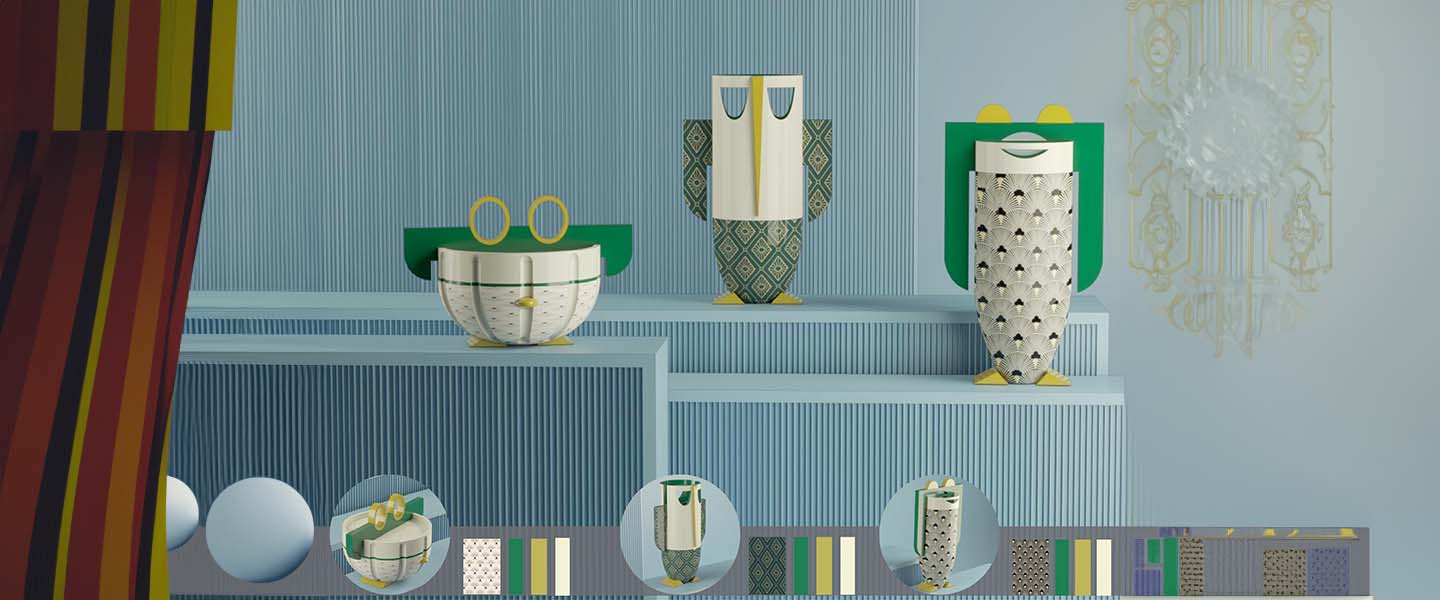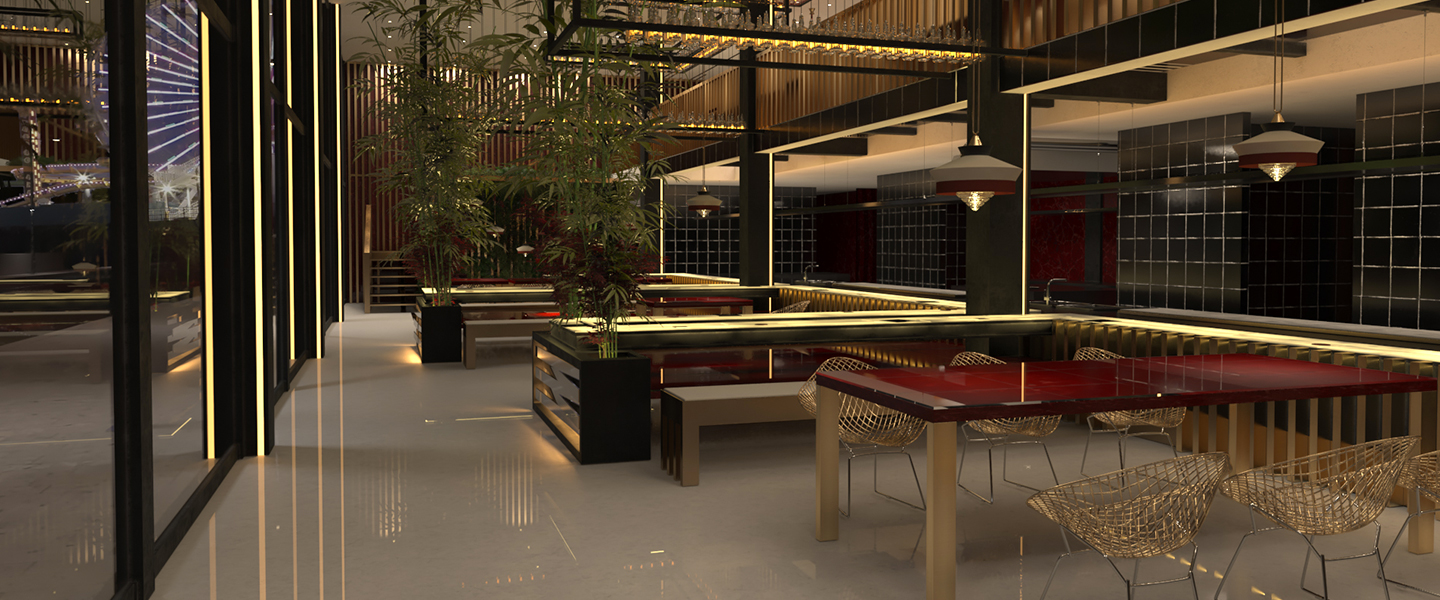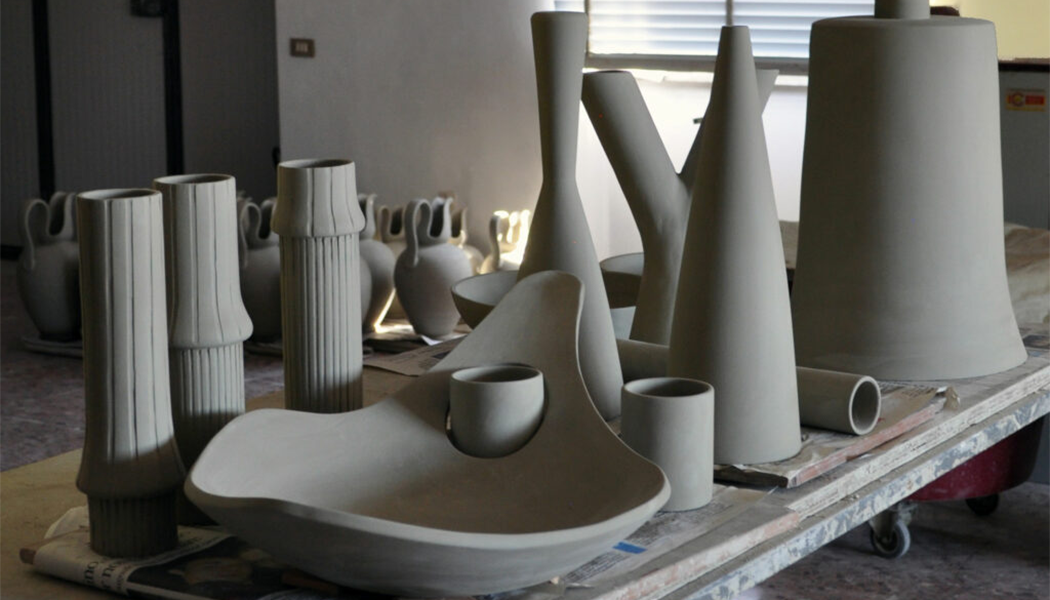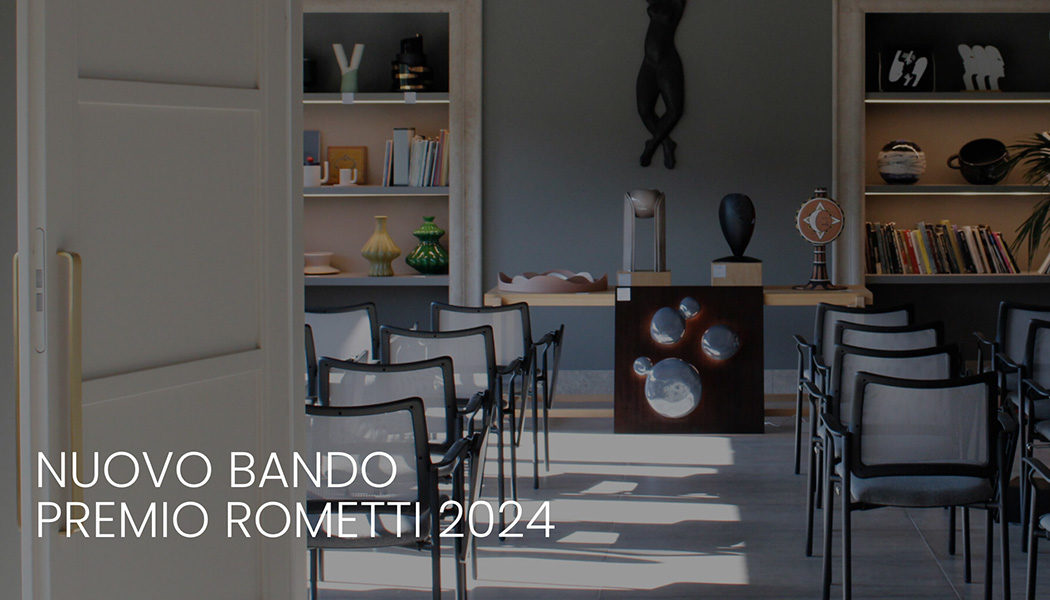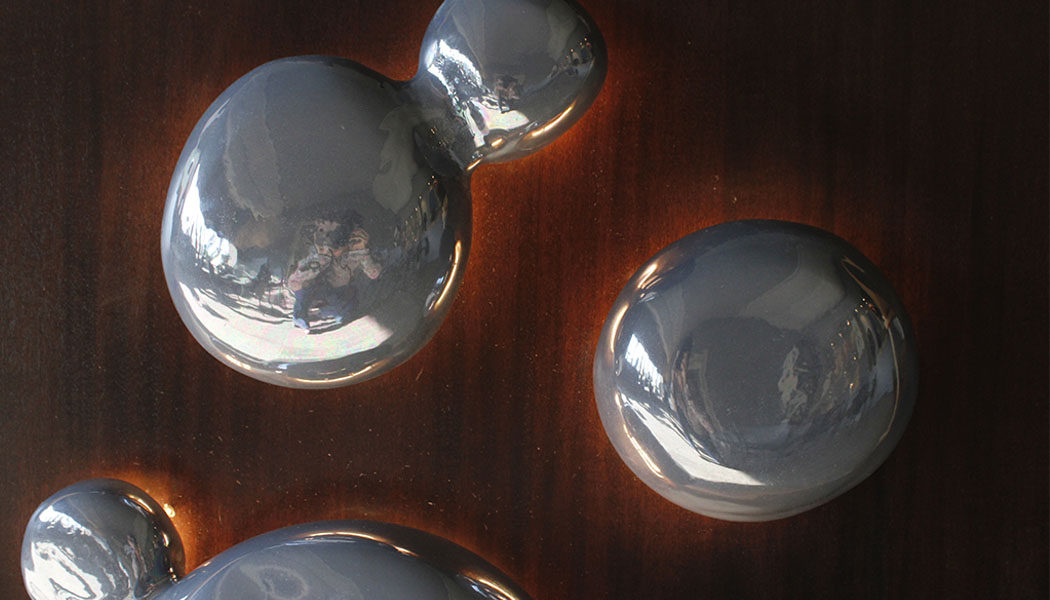TAUGHT IN ITALIAN AND ENGLISH – LOCATION ROME OR MILAN ❯
Projects that change the world.
As a designer you will design our habitat: a hybrid and contemporary aesthetic experience that is both innovative and sustainable. By guiding trends and styles, you will become the interpreter of the community in which you live, helping to build its deeper meaning.
Qualification:
First Level Academic Diploma, equivalent to a Bachelor’s degree
Duration:
3 years, full time
Language:
Italian and English
Credits:
180 ECT
Location of attendance:
Rome or Milan
Requirements:
Italian students
High school diploma
International students
Valid High School Diploma for the Italian Higher Education System
B2 Certificate of the language in which the course is held
Upon admission non UE students are subject to fulfill the procedure for obtaining the student VISA
Field:
Design Methodology, Design Product Design, Multimedia Design
Main subjects:
Design, Product design, Modelling Digital Modelling, Light Design
Future careers:
Product Design, Interior Design, Virtual Space Design, Exhibit Design, Design of lighting systems
Today’s spaces, furniture and products are waiting to be renewed by the talent, intuition and skills of tomorrow’s designers, RUFA graduates. The designer is the main actor of the contemporary lifestyle. Thanks to his studies in specific subjects, RUFA Designer is the professional able to lend his authorial work to interior architecture, product design, multimedia and interactive works. His professional background includes the main techniques of graphic representation, from sketching to the most advanced virtual reconstructions. An all-round designer collaborates with artisans and large industries, creating both single objects and entire product lines. Circular economy and environmental sustainability, digital manufacturing and self-production, there is no limit to the range of applications for a designer, a central figure in the design economy, also required to coordinate events and launch trends and styles.
The Academic Bachelor of Arts is equivalent to a University Bachelor’s Degree
*All lessons include mandatory attendance at RUFA headquarters.
Coordinator: Alessandro Ciancio
Tutor: Alessio Cremisini
Lecturers: Andrea Carcassi, Silvia Cassetta, Alessandro Ciancio, Alessio Cimato, Alessio Cremisini, Rosella Cuppone, Gian Luca Gentili, Alessandro Gori, Giorgio Marcatili, Simone Pane, Luigi Prestinenza Puglisi, Meltem Eti Proto, Christian Rizzo, Ely Rozenberg, Emanuele Tarducci, Caterina Tomeo, Alessandro Vergoz, Paolo Parea, Giuseppe Ragosta, Gianfranco Manzo, Silvia Cassetta, Stefano Mavilio, Luca Magarò, Leonardo Schillaci, Luca Solazzo, Michela Reverberi, Paolo Buonaiuto, Giulio Fermetti, Dorotea Otaviani, Enrico Secci, Francesco Paolo Incantalupo, Erica Bellucci, Luca Magarò, Elbert Moritz, Francesca Balena Arista, Augustin Sanchez.
BROCHURE DOWNLOADPROGRAM REGULATIONS
LOOK AT DESIGN STUDENTS’ PROJECTS
BOOK A GUIDANCE INTERVIEW
ASK MORE INFO ABOUT THE COURSE
BACHELOR OF ARTS PROGRAM IN DESIGN
Suggested study plan – Mandatory attendance at RUFA HQs.
| YEAR | SUBJECT | ECTS |
|---|---|---|
| I YEAR |
Design methodology
The links between form, structure and function of objects. Study of the principles underlying a sustainable design methodology and the different strategies. Realization of a complete project: prototype, model or layout.
| 6 |
|
Technical drawing and project design
Knowledge of common graphic elements and tools for technical drawing: construction graphics, metric scales, basic elements of orthogonal projections, axonometric projections and techniques for architectural metric survey. Representation of an architecture, or parts of it, with furnishing elements and details, using the most appropriate scales.
| 6 | |
|
Basics of computer design
AutoCad: basic commands and principles. Hatches, backgrounds and masking, texts, dimensions. Creation and application of dimensioning blocks on scale 1:3 of the drawing, modification of existing objects, raster graphics, insertion of squares and scale ratios. Development of an assigned project: representation of plans, sections, prospects and details.
| 6 | |
|
Architectural model-making
Realization of concrete objects starting from intuitions, graphic sketches, design forms not yet finalized. All the way to three-dimensional models that conclude the design process. Final report related to the work carried out during the course, as well as time and costs estimates for the production of the final object.
| 6 | |
|
Technology of new materials
Focus on the peculiarities of sustainable design materials and their rational use in industrial production. Assessment of the physico-chemical and mechanical properties of the materials analyzed; in relation to the technologies, advantages and risk levels related to their processing. Deepening of the characteristics of natural and artificial materials such as wood, stone, stoneware, resin, composites, etc., in relation to their practical applications, with the aim of identifying their requirements and evaluate the appropriate and sustainable choice according to the type of project.
| 8 | |
|
History of design 1
Learning the correct method of analyzing objects, ideas and contemporary design forms. Encouraging the development of a critical sense in the acquisition and review of historical data. International design context and movements from the late nineteenth century to the second world war.
| 6 | |
|
Design 1
First approach to developing and drafting interior spaces. Study of shapes and space. Understanding measurements based on functional and ergonomic standards connected with humans.
| 12 | |
|
3D digital modeling techniques 1
Introduction to parametric modeling with an overview of the software Rhinoceros, used in the job market. Two-dimensional parametric design and three-dimensional modeling. Photography in a virtual environment: lights and materials for rendering. Control parameters for 3D printing.
| 6 | |
|
Computer technologies
Design knowledge necessary for the realization of models and prototypes using innovative digital technologies. Development of theoretical and practical activities to become aware of digital production systems such as: 3D printing, laser cutting, CNC milling.
| 4 | |
| II YEAR |
History of design 2
Study of the most important key players, contexts and movements of international design from the second post-war period to the present day: monographic studies.
| 6 |
|
Design 2
The role of the interior designer in the contemporary world: relations with the client, commercial strategies, materials, identity, communication, research, product. Study of the different types of exhibit designs. Realization of a final project related to the concept store.
| 12 | |
|
3D digital modeling techniques 2
Two-dimensional drawing and three-dimensional modeling techniques with specific software. File management and document exchange between 3D and architecture software. Features of the software for the study of lights and materials, to simulate reality through the construction of the photographic image.
| 6 | |
|
Light design
Lighting explored through practical exercises. Developing the necessary skills to make the most of the technological means for the creation of lamps with different technologies: incandescent lamps, halogen lamps, fluorescent lamps, LEDs and OLEDs. Realization of a final prototype.
| 8 | |
|
Product design 1
Functional, typological and morphological analysis of products based on a selection of significant examples, both historical and contemporary. A systemic approach which takes into account global assessments: socio-economic analysis, target, market positioning, product life cycle, recycling and reuse of materials and technological processes.
| 6 | |
|
Features of architecture and urban design
Study of the construction, analysis and understanding of all of the elements that make the building. Focus on the evolution seen from an historical point of view, as well as the location of the building in relation to the territory. Technological-design project to apply the theoretical topics learned.
| 6 | |
|
History of contemporary architecture
The historical-technical and aesthetic changes that occurred in architecture in the period that goes from the mid-19th century to the present day. Study of the rapid development both in terms of the construction of buildings and urban planning and of the environmental changes caused by technological progress and demographic growth.
| 6 | |
|
English
Study of themes and topics related to the art field through the use of specific vocabulary and styles to improve the students’ communication skills in English.
| 4 | |
| Elective educational activities | 6 | |
| III YEAR |
History of contemporary art
History of electronic and digital arts. Retracing all of the experiences that have marked art practices from the 1960s to today. Focus on the field of Media Art and Sonic Art.
| 6 |
|
Design 3
Work in teams to develop projects and research on assigned topics, as part of 3 practical exercises. Develop a final interior design project, from concept to executives, on the theme 'the restaurant'. In-depth study of international exhibitions that contributed to the urban planning of the cities involved, and to the cultural impetus of European countries. Study of the link between art communication and the historical period.
| 12 | |
|
Product design 2
Designing with new digital technologies: the fundamental role of three-dimensional printing in furniture and design. Real world 3D printing: from research to technical drawing, passing through the modeling and production of a project using prototypes with a 1:5 and 1:1 scale.
| 6 | |
|
Virtual architecture
Deepening of the knowledge acquired during the basic 3D softwares module and study of lights. Introduction of new elements and processes aimed at improving the quality of modeling and rendering. Acquisition of the knowledge necessary to produce and edit a CGI video for architectural visualization, respecting the specific rules and objectives.
| 6 | |
|
Multimedia design
Study of digital design and interactive design: how to equip everyday objects and environments with computational capabilities. Electronic prototyping and Physical Computing. Interaction Design laboratory and realization of the final exam project.
| 8 | |
|
Layout and visualisation techniques
Structural issues linked to the conceptualization and standardization of layout, format, grids, compositional tension between empty and full spaces and typographic quality. In-depth study of the semantic aspects and the staging of the project. Contents and integral parts of the overall portfolio, such as mood boards, cartouche or visual language, will be covered individually through preparatory exercises.
| 6 | |
| Further language and interpersonal skills, internships, etc. | 4 | |
| Elective educational activities | 4 | |
| Thesis | 8 | |
| Total Credits | 180 |
CREDITS
Foto slider: Lorenzo Gordini, Alyssa Mendoza, Beatrice Di Biagio, Ana Morais – Ines Fialho – Audrey De Vleeschauwer, Alyssa Mendoza, Roman Marcucci.
Partner
